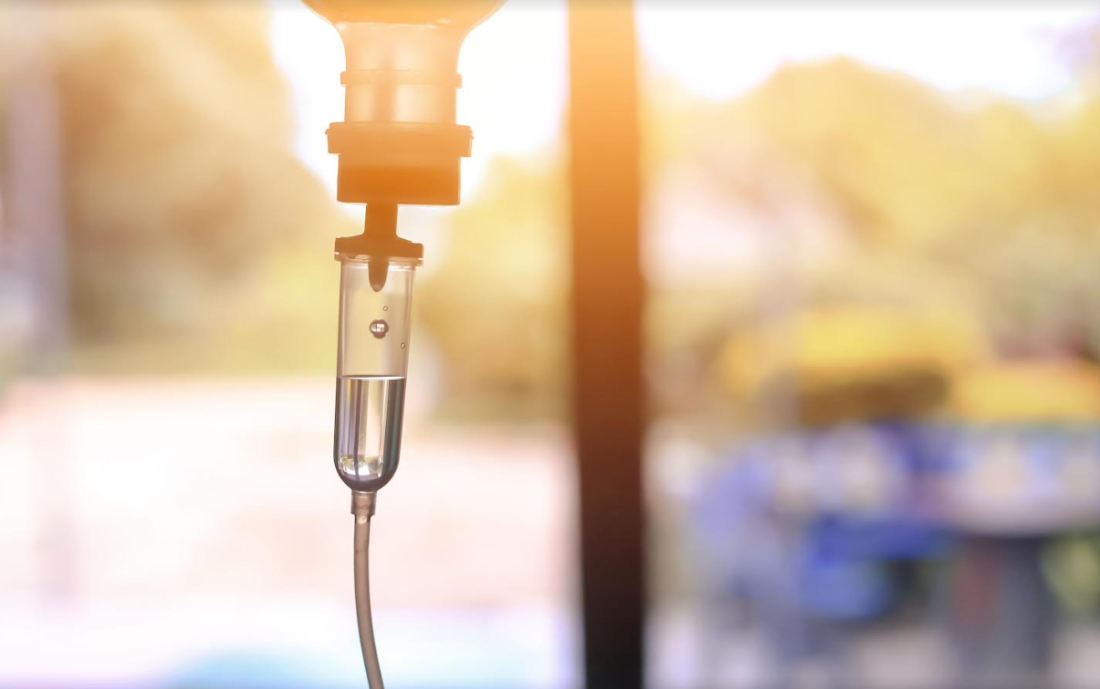In emergencies like cardiac arrests, healthcare workers rely on ACLS techniques. ACLS certification teaches a full set of treatments and instructions that come into use during an emergency. It includes CPR, defibrillation, airway care, and the smart use of drugs. CPR and defibrillation are often the first steps in resuscitation. However, medications are also crucial for supporting ACLS. Read on to learn more

What is the Importance of ACLS?
ACLS is a set of life-saving techniques. Healthcare professionals use it to treat these life-threatening heart emergencies. While techniques like CPR and defibrillation are often the first steps, medications also play a crucial role in ACLS. These drugs can help stabilize the patient’s condition. They can correct abnormal heart rhythms and support resuscitation. But giving the right medicines at the right time and in the right way is vital.
Why Should Healthcare Professionals Enroll in ACLS?
Healthcare professionals must have ACLS certification. They may encounter cardiac emergencies in their clinical practice and must be prepared. Proper ACLS training gives them the knowledge and skills to deal with such emergencies. Enrolling in an ACLS course teaches them to recognize and respond to cardiac emergencies. They can also learn to use drugs accurately and to work in a resuscitation team. ACLS training improves patient care. It also helps healthcare professionals keep their skills and stay current with the latest guidelines.
What Are ACLS Medications?
ACLS medications are a specific set of drugs. During heart emergencies, providers use them to treat conditions. They also use them to support the heart. Some common ACLS medications include:
- Epinephrine: This helps to improve blood flow and increase the chances of restarting the heart.
- Amiodarone: Doctors use amiodarone to treat and prevent abnormal heart rhythms.
- Lidocaine: Another drug used to treat and prevent abnormal heart rhythms.
- Atropine: Used to treat a slow heart rate (bradycardia).
- Adenosine: Used to treat and diagnose certain types of abnormal heart rhythms.
Doctors choose these medications carefully. They base the choice on the patient’s condition and the specific cardiac emergency they are experiencing.
What are the Indications for ACLS Medications?
During cardiac emergencies, doctors use ACLS medications. They use them for specific purposes in specific situations. Here are some common indications:
- During CPR, rescuers give epinephrine. It improves blood flow and the chance of restarting the heart.
- Doctors treat abnormal heart rhythms (arrhythmias) with drugs. Examples include amiodarone, lidocaine, and adenosine. They each treat different types of arrhythmias. These include ventricular tachycardia, ventricular fibrillation, and supraventricular tachycardia.
- Atropine treats a dangerously slow heart rate that can lead to cardiac arrest, a condition known as bradycardia.
- During resuscitation, providers may use medications like vasopressors or antiarrhythmic drugs. These drugs support the patient and prevent more problems.
What are the Proper Dosing and Administration Techniques?
Giving ACLS medications correctly is vital. It keeps them effective and prevents harm to the patient. Healthcare professionals must consider the right dosage, dilution, and how to give each drug. Careful consideration is key.
- What are Dosing and Dilution?
- Before giving ACLS medications, providers often need to dilute or mix them with other fluids.
- Dosages are typically calculated based on the patient’s weight or body surface area.
- It is important to follow dosing and dilution instructions exactly. Rescuers should administer the correct drug concentration and amount.
- What are Administration Routes?
- Doctors most often give ACLS medications through an IV. This is because it lets the drugs enter the blood quickly.
- In some cases, IV access is hard. In these cases, providers may use other routes like intraosseous (IO) or endotracheal (ET).
- It is important to use the proper technique and site selection. They must deliver the medication effectively and safely.
- What are Timing and Sequence?
- Giving ACLS medications at the right time and order is critical. Some drugs need a specific order for best effectiveness.
- Healthcare professionals must follow the ACLS algorithms and protocols carefully. They do this to ensure they give the right medications at the right time during resuscitation.
What are the Safety Considerations?
- ACLS medications can have serious side effects. They can also interact with other drugs. So, careful monitoring and precautions are necessary.
- Before administering any medication, healthcare providers must consider allergies, contraindications, and potential complications.
- Good documentation and team communication are essential. They ensure the safe and effective use of ACLS medications.
Conclusion
Giving medications during ACLS is critical. It requires much training and practice. Healthcare professionals must understand the reasons, doses, and how to give each ACLS drug. They must also know the risks and complications. Regular training, simulation exercises, and hands-on practice are vital. By mastering this key part using an ACLS certification, healthcare professionals can improve patient outcomes. They can also increase the chances of survival during life-threatening heart emergencies.


